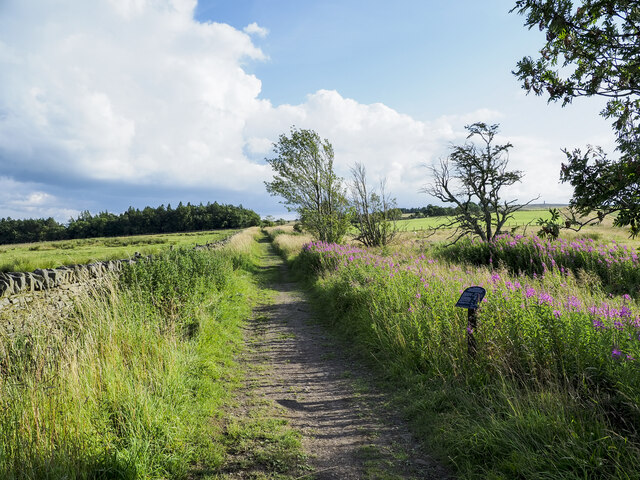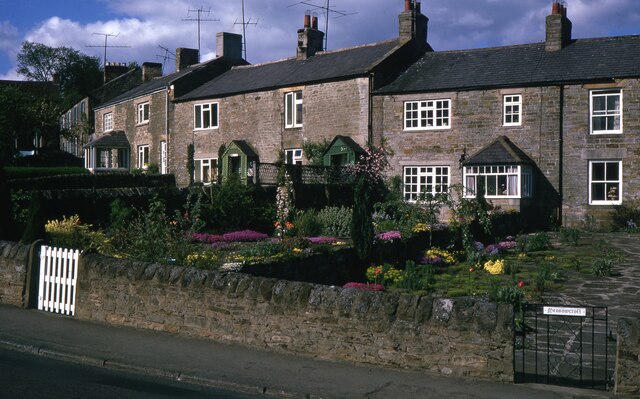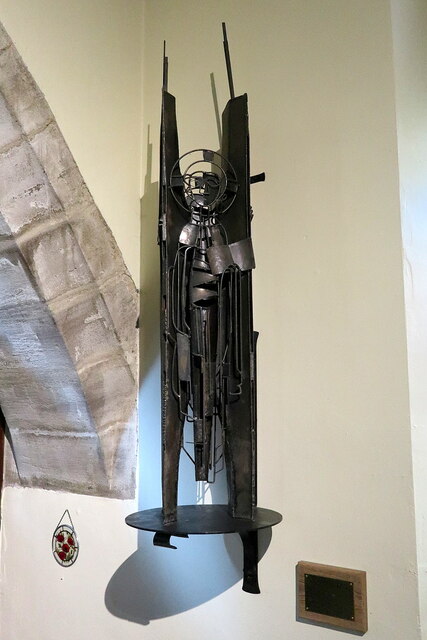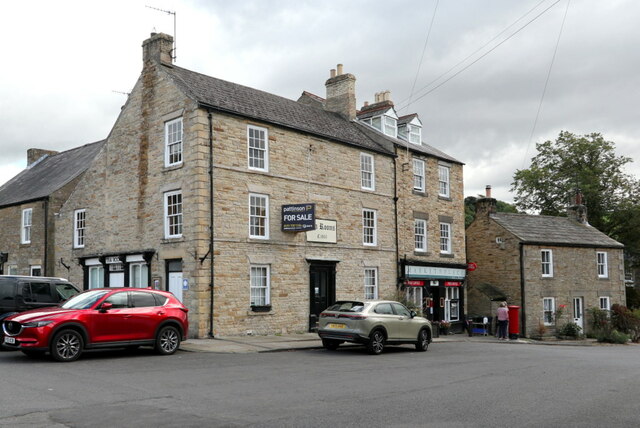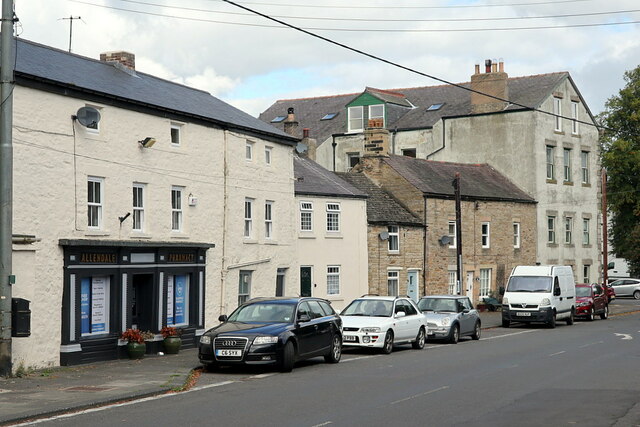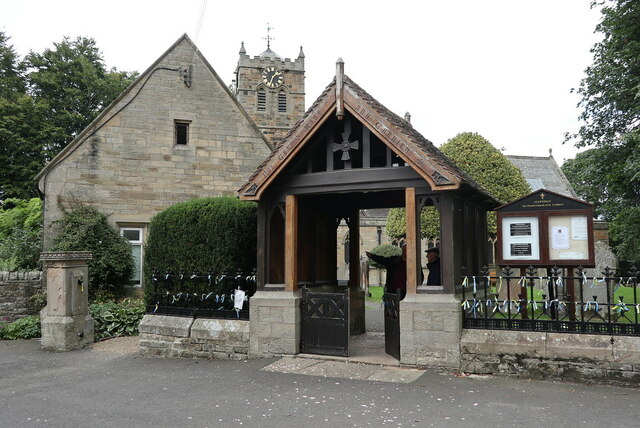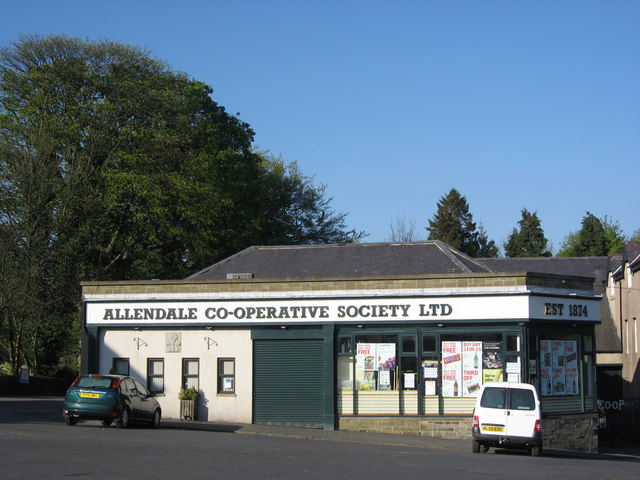Bishopfield Wood
Wood, Forest in Northumberland
England
Bishopfield Wood
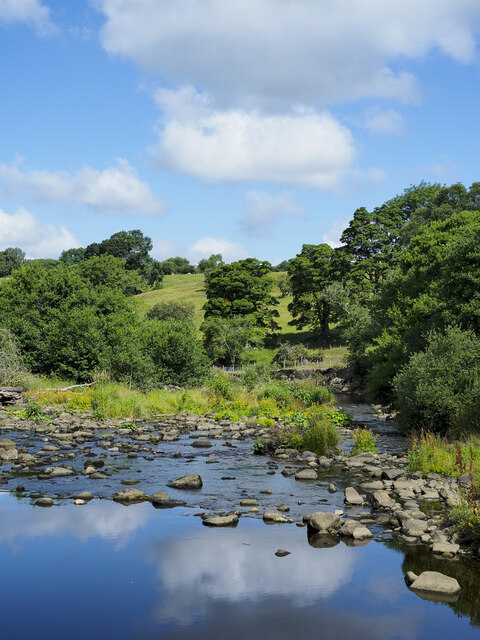
Bishopfield Wood is a charming woodland area located in Northumberland, England. Covering an area of approximately 100 acres, this forested landscape offers visitors a tranquil and picturesque retreat from the hustle and bustle of everyday life.
The wood is predominantly composed of broad-leaved trees, such as oak, beech, and birch, which create a diverse and vibrant canopy overhead. Underneath, a rich undergrowth of ferns, bluebells, and wildflowers adds to the woodland's natural beauty. The forest floor is carpeted with a thick layer of fallen leaves, creating a peaceful and inviting atmosphere.
Bishopfield Wood is home to a wide variety of wildlife, making it a popular spot for nature enthusiasts and birdwatchers. Visitors may catch a glimpse of woodland birds such as the great spotted woodpecker, tawny owl, or the elusive red squirrel. The wood also provides a habitat for small mammals like foxes, badgers, and voles.
A network of well-maintained footpaths and trails winds its way through Bishopfield Wood, offering visitors the opportunity to explore its hidden corners and enjoy its natural splendor. The wood is also home to a small picnic area, providing a perfect spot for visitors to relax and enjoy a packed lunch amidst the peaceful surroundings.
Bishopfield Wood is open to the public year-round, with no admission fees. It is managed by a local conservation organization dedicated to preserving its natural beauty and protecting its wildlife. Whether you are seeking a peaceful escape or an opportunity to connect with nature, Bishopfield Wood is a must-visit destination in Northumberland.
If you have any feedback on the listing, please let us know in the comments section below.
Bishopfield Wood Images
Images are sourced within 2km of 54.907499/-2.2766178 or Grid Reference NY8257. Thanks to Geograph Open Source API. All images are credited.
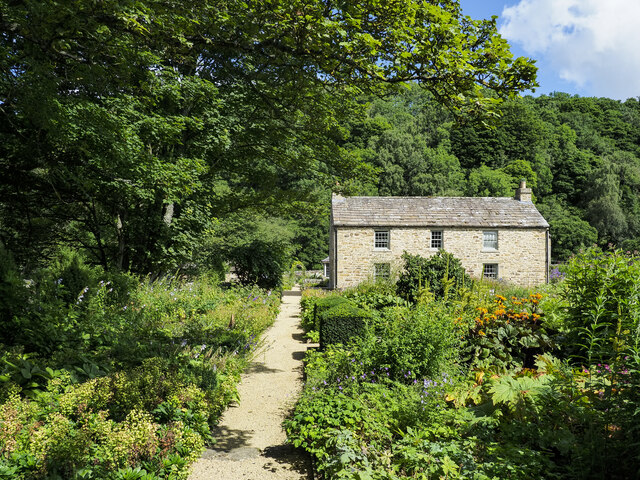
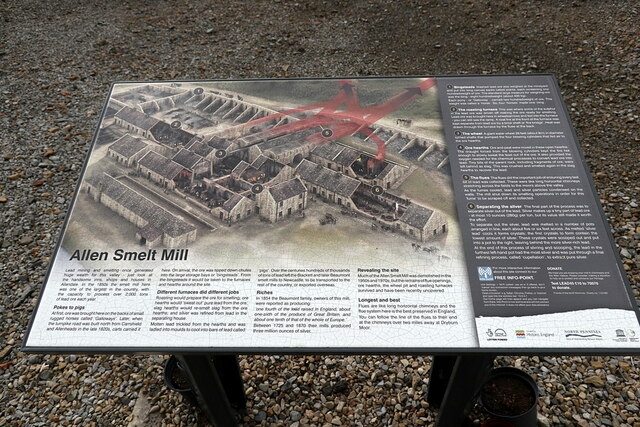
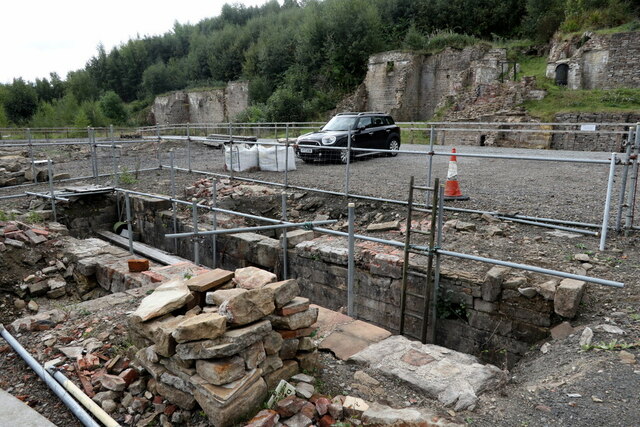
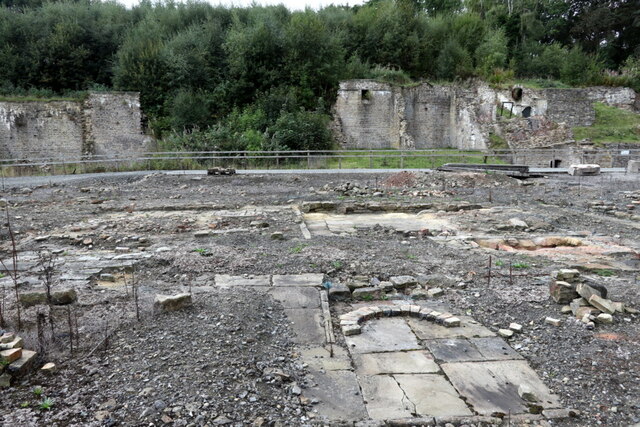
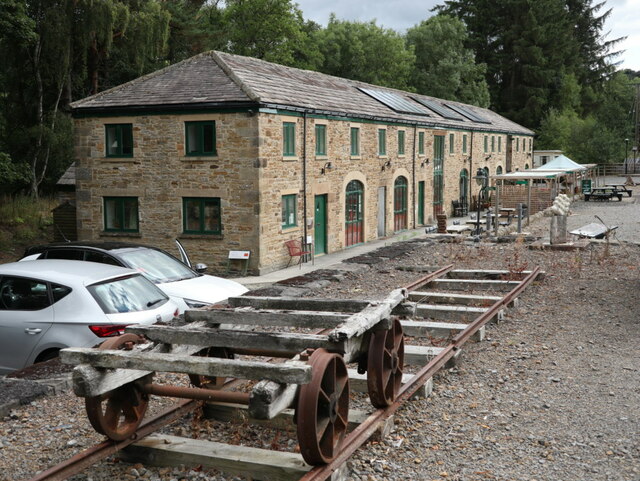
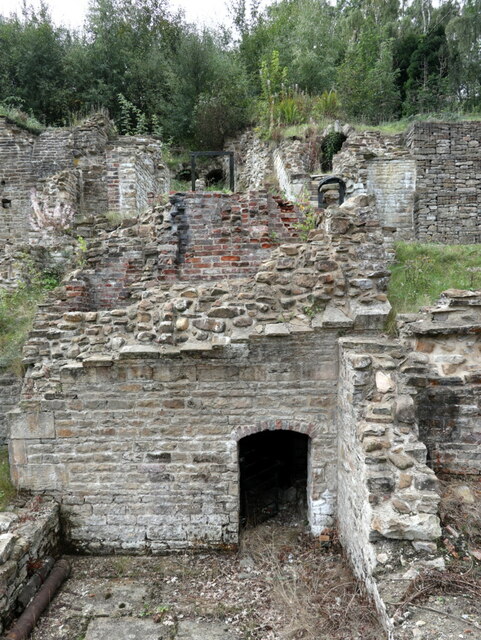
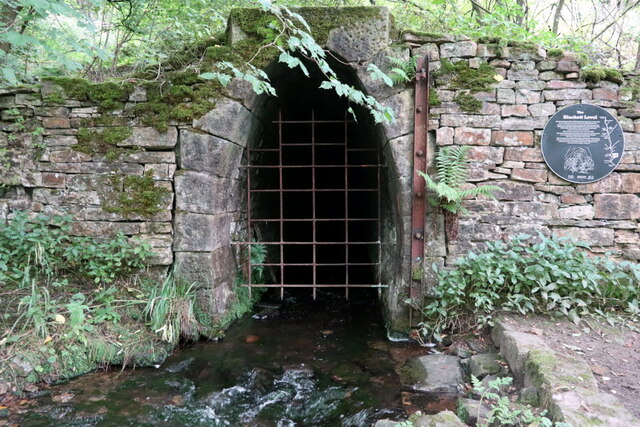
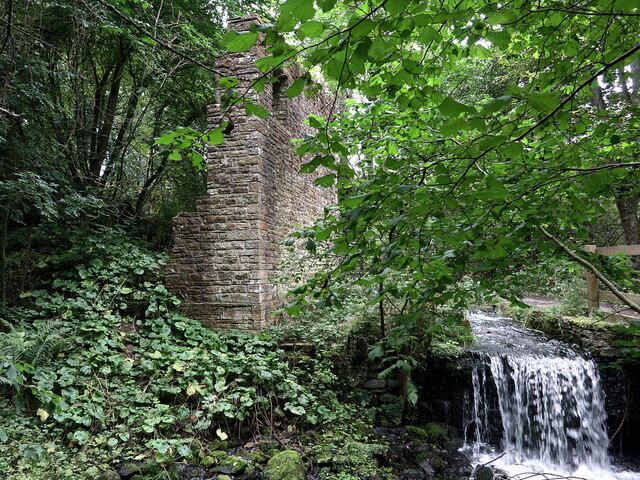
Bishopfield Wood is located at Grid Ref: NY8257 (Lat: 54.907499, Lng: -2.2766178)
Unitary Authority: Northumberland
Police Authority: Northumbria
What 3 Words
///walks.window.growl. Near Haydon Bridge, Northumberland
Nearby Locations
Related Wikis
Catton, Northumberland
Catton is a village in Northumberland, England. It is about 7 miles (11 km) to the southwest of Hexham and is located on the outskirts of Allendale �...
Allendale railway station
Allendale railway station was the terminus of the single track branch of the Hexham and Allendale Railway, in north east England. The line connected villages...
Museum of Classic Sci-Fi
The Museum of Classic Sci-Fi is in Allendale, Northumberland in England. The museum opened in 2018 and houses a collection of more than 200 props, costumes...
Allendale, Northumberland
Allendale, often marked on maps as Allendale Town, is a village and civil parish in south west Northumberland, England. It is located within the North...
Allendale Co-operative Society
Allendale Co-operative Society is a small consumer co-operative in the village of Allendale, Northumberland, England. Founded in 1874 as the Allendale...
Allen Confluence Gravels
The Allen Confluence Gravels is the name given to a Site of Special Scientific Interest (SSSI) in Northumberland, England. The site, listed since 1968...
Staward Halt railway station
Staward Halt is a closed stone built railway station situated on a single track branch railway line in Northumberland, England, that ran from Allendale...
Bearsbridge
Bearsbridge is a village in Northumberland, in England. It is situated to the west of Hexham, on the A686. == Governance == Bearsbridge is in the parliamentary...
Nearby Amenities
Located within 500m of 54.907499,-2.2766178Have you been to Bishopfield Wood?
Leave your review of Bishopfield Wood below (or comments, questions and feedback).



